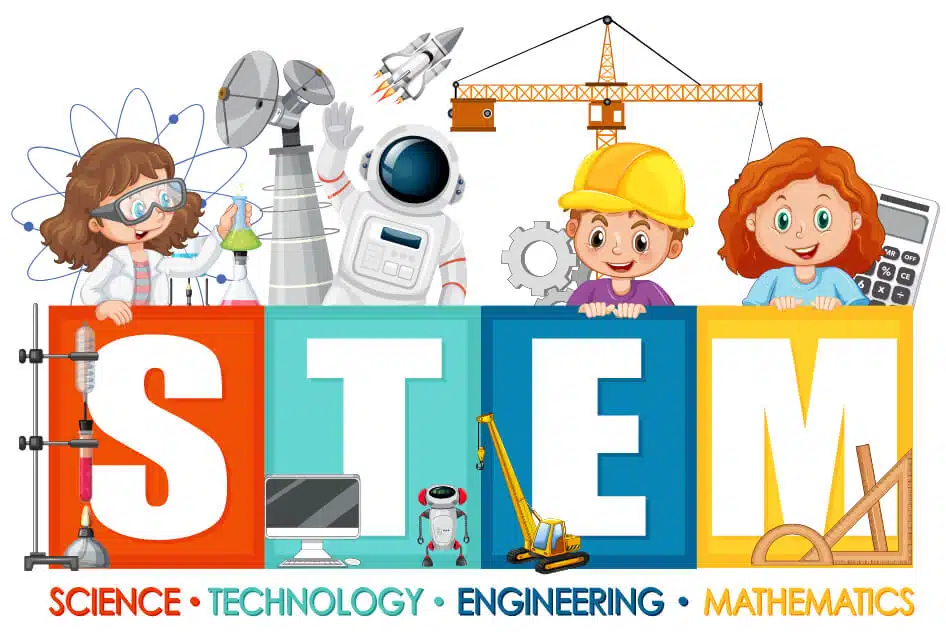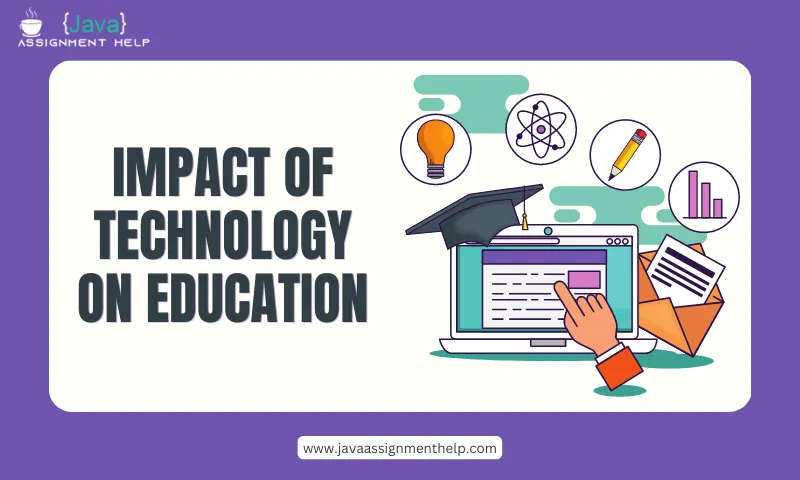Introduction
Science, technology, engineering, and mathematics (STEM) education is an interdisciplinary approach to teaching and learning that emphasizes the integration of these four disciplines. STEM education has become increasingly popular in recent years due to the growing demand for STEM-related jobs and the need to prepare students for the future. According to the U.S. Bureau of Labor Statistics, employment in STEM occupations is projected to grow by 8.8% from 2018 to 2028, which is faster than the average growth rate for all occupations. The increasing demand for STEM jobs is expected to continue to rise, and it is crucial that K-12 schools incorporate STEM education into their curriculum to prepare students for the future workforce.
Importance of STEM Education in K-12 Curriculum
Develops Critical Thinking and Problem-Solving Skills
STEM education focuses on problem-solving and critical thinking, which are essential skills for students to develop. STEM activities are designed to help students think critically about complex problems and come up with innovative solutions. This approach encourages students to be creative, think outside the box, and develop solutions to real-world problems. Critical thinking and problem-solving skills are essential in the modern workforce, and STEM education provides students with a solid foundation to develop these skills.
Enhances Technological Literacy
Technology is an integral part of our lives, and it is essential for students to be proficient in using technology. STEM education provides students with an opportunity to learn how to use technology to solve problems and create new things. It also helps them to understand how technology works and how it impacts their lives. Technological literacy is critical in the modern workforce, and STEM education prepares students for the ever-changing technological landscape.
Promotes Collaboration and Teamwork
STEM education emphasizes collaboration and teamwork, which are essential skills in the modern workforce. STEM activities require students to work in teams, share ideas, and collaborate on projects. This approach encourages students to learn from one another and develop communication skills that are essential in the workplace. STEM education helps students to develop social skills, work with others, and learn how to solve problems as a team.
Increases Diversity and Inclusion in STEM Fields
The STEM workforce has historically been dominated by white males. STEM education provides an opportunity to increase diversity and inclusion in STEM fields. It exposes students from all backgrounds to STEM fields and helps to break down barriers that have prevented underrepresented groups from entering STEM fields. STEM education helps to increase the participation of women, minorities, and other underrepresented groups in STEM fields.
Conclusion
In conclusion, STEM education is a critical component of the K-12 curriculum. It helps students to develop critical thinking, problem-solving, and analytical skills that are essential in the modern workforce. STEM education also promotes collaboration, teamwork, and technological literacy, which are critical skills for students to develop. Additionally, STEM education helps to increase diversity and inclusion in STEM fields, which is essential for the growth and advancement of the industry. As we move forward into a more technologically advanced world, it is crucial that K-12 schools incorporate STEM education into their curriculum to prepare students for the future.




